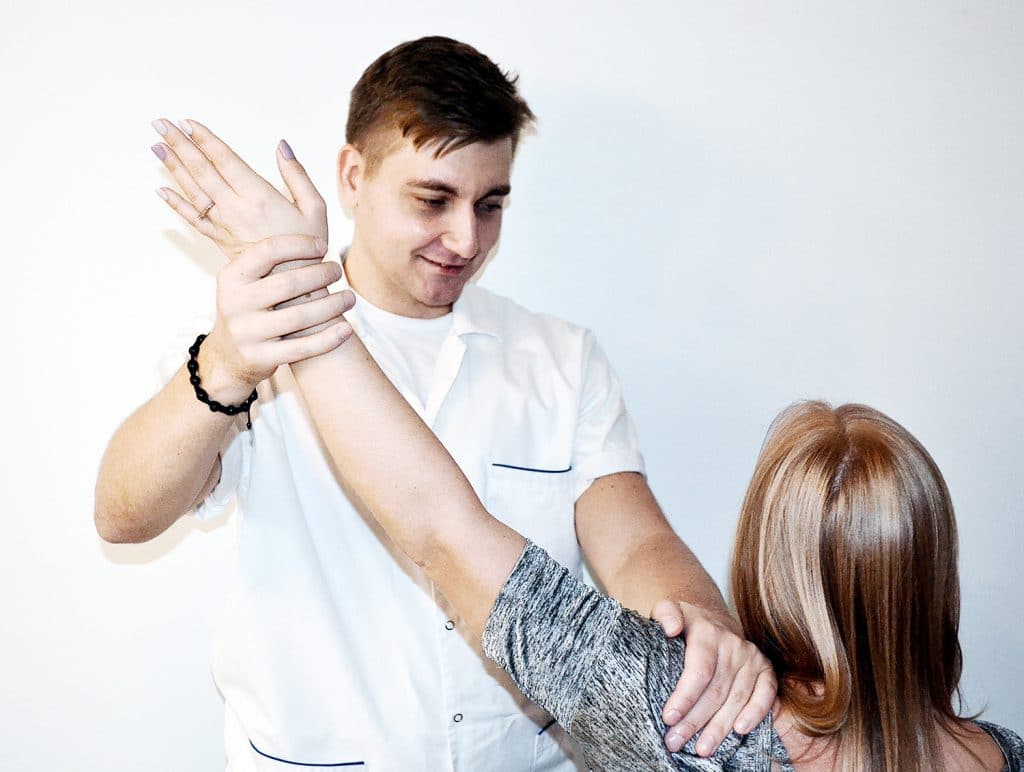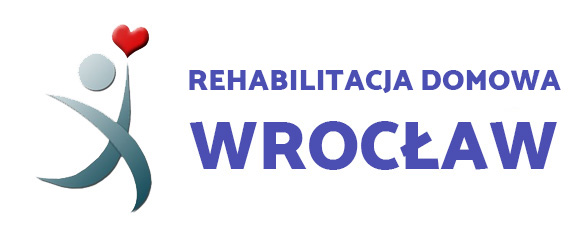Orthopedic rehabilitation is a form of physical therapy that treats a large variety of conditions that affect the skeletal system and the muscular system. Physical therapy is administered through one- on-one care between the therapist and patient, to better fit the patient’s specific needs. Physical therapists are trained to treat the entire body, and the length of physical therapy needed depends greatly on the severity of the patient’s injuries.
A physical therapist will evaluate the patient during the first initial office visit to determine the patient’s range of motion, his posture, and how much he or she can function when moving. The therapist will discuss the levels of pain the patient may be experiencing, along with how much strength is present around the injured area. After the evaluation, the therapist will develop a personal treatment plan based on the patient’s specific needs, and the patient will then go through orthopedic rehabilitation.

Injuries such as neck and back pain, or shoulder tendinitis, can be treated with orthopedic rehabilitation, along with carpal tunnel syndrome, knee and ankle sprains and hip pains. Orthopedic rehabilitation is often needed post surgery to aid in the healing process for patients who have had a spinal fusion, total hip or knee replacement, and ankle reconstructions. Other conditions that may require surgery in conjunction with orthopedic rehabilitation are complete shoulder replacements, laminectomies, rotator cuff repairs, and meniscectomies.
On average, therapy sessions generally last 50 minutes. These sessions may include stretching, manual therapy and exercises, as well as educating the patient on his condition. Having one-on-one sessions with a therapist helps the patient to gain better knowledge of his injury, and to develop a greater relationship with his therapist. The therapy sessions run smoothly when a therapist only has to focus on one person at a time, giving the patient the ability to focus more on himself, resulting in a quicker healing time. The patient is usually taught techniques to use at home to self-manage his symptoms through the therapy process as well.
Orthopedic rehabilitation may or may not be painful. This will depend on the injury that is being treated. Sometimes orthopedic rehabilitation can begin as a painful process, but as the patient becomes stronger, the pain lessens, or disappears altogether. Once it is determined that therapy is no longer needed, it is the physical therapist’s responsibility to make sure the patient is properly educated on the injury, and is sent home with self-management care information. The patient is then able to continue taking care of himself at home to avoid any setbacks, or becoming injured again.
Conditions I treat include:
- Arthritis
- Back and neck pain
- Carpal tunnel syndrome
- Congenital conditions
- Degenerative joint disease
- Foot and ankle pain and sprains
- Hip, wrist, elbow, pelvic and other fractures
- Knee sprains, strains and other injuries
- Osteoporosis
- Rotator cuff injuries
- Sciatica
- Sports injuries
- Tendonitis
- Total joint replacements
- Traumatic injury
- Whiplash
- Whiplash
- Work injuries
- Work injuries
Are you from Wroclaw, and are you interested in home rehabilitation? Contact me and contracts for home rehabilitation. Call 504 895 576 or write via the contact form in the contact tab.
